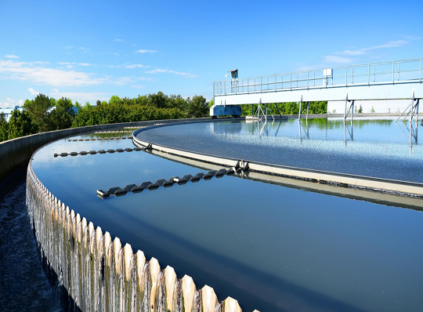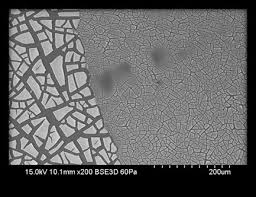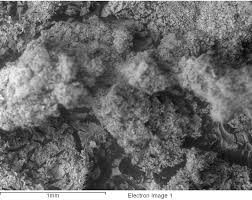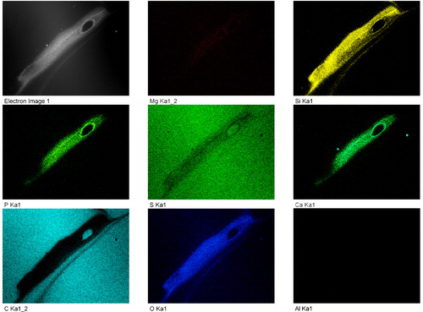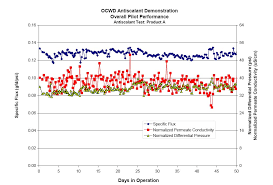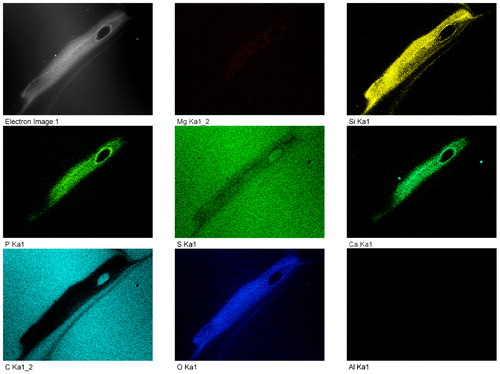
Precipitation of calcium phosphate scale on RO membranes continues to be a major challenge for wastewater recycling facilities. In most cases, antiscalant is dosed in combination with sulfuric acid because calcium phosphate solubility improves at lower pH. Several waste water RO plants in California that have attempted to reduce the costly acid dosing have experienced fast scale formation that has offset any savings with downtime and expensive cleaning chemicals. On-line cleanings were attempted by reducing pH to 6 for one week in order to reduce downtime, however, they did not fully restore flux in the tail elements and performance progressively declined over time. When these membranes were autopsied, silica was surprisingly the predominant deposit on the membrane surface even though brine silica concentrations were only in the range of 130 – 160 ppm. An extensive study was conducted to simulate these conditions in a laboratory setting. Tests were conducted using various antiscalants available on the market and compared against a control that used no antiscalant. For all cases where calcium phosphate scale formed, even when specialty silica antiscalants were used, Energy Dispersive X-Ray Spectroscopy (EDS) analysis indicated the presence of silica. Quantification revealed that silicon made up at least 30% of scales. When Prismatic Elemental Mapping (PEM) was performed, it was found that the silicon was present and evenly distributed in all areas where calcium and phosphorus had deposited. On the other hand, in areas where calcium phosphate had not deposited, no silicon was present. The performance of successful calcium phosphate inhibiting antiscalants was completely diminished when ferric ions were introduced into the water, even when ferric was only present in trace quantities. Since ferric chloride is used as part of the wastewater treatment process, preventing ferric ion carryover can be a challenge. This paper attempts to identify the cause of silica polymerization during formation of calcium phosphate scales at elevated pH, and investigates methods to inhibit this co-precipitation even when ferric ions are present in the feedwater of wastewater RO systems.
Interested in some of the other papers published by AWC ?
Visit our Case Studies
